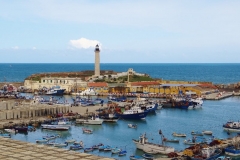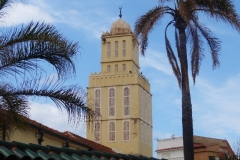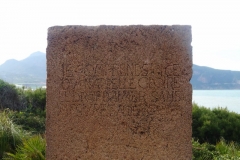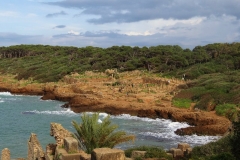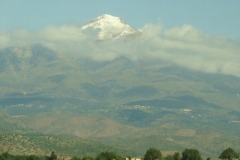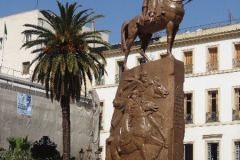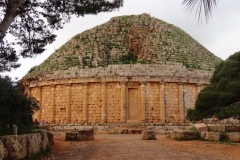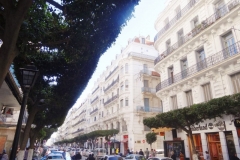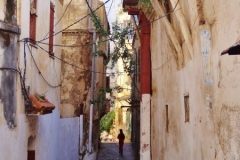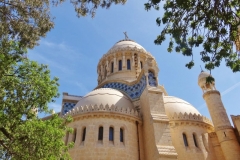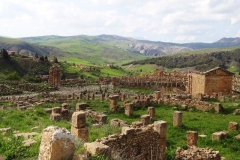Algeria
Impressive Sites in Stunning Settings
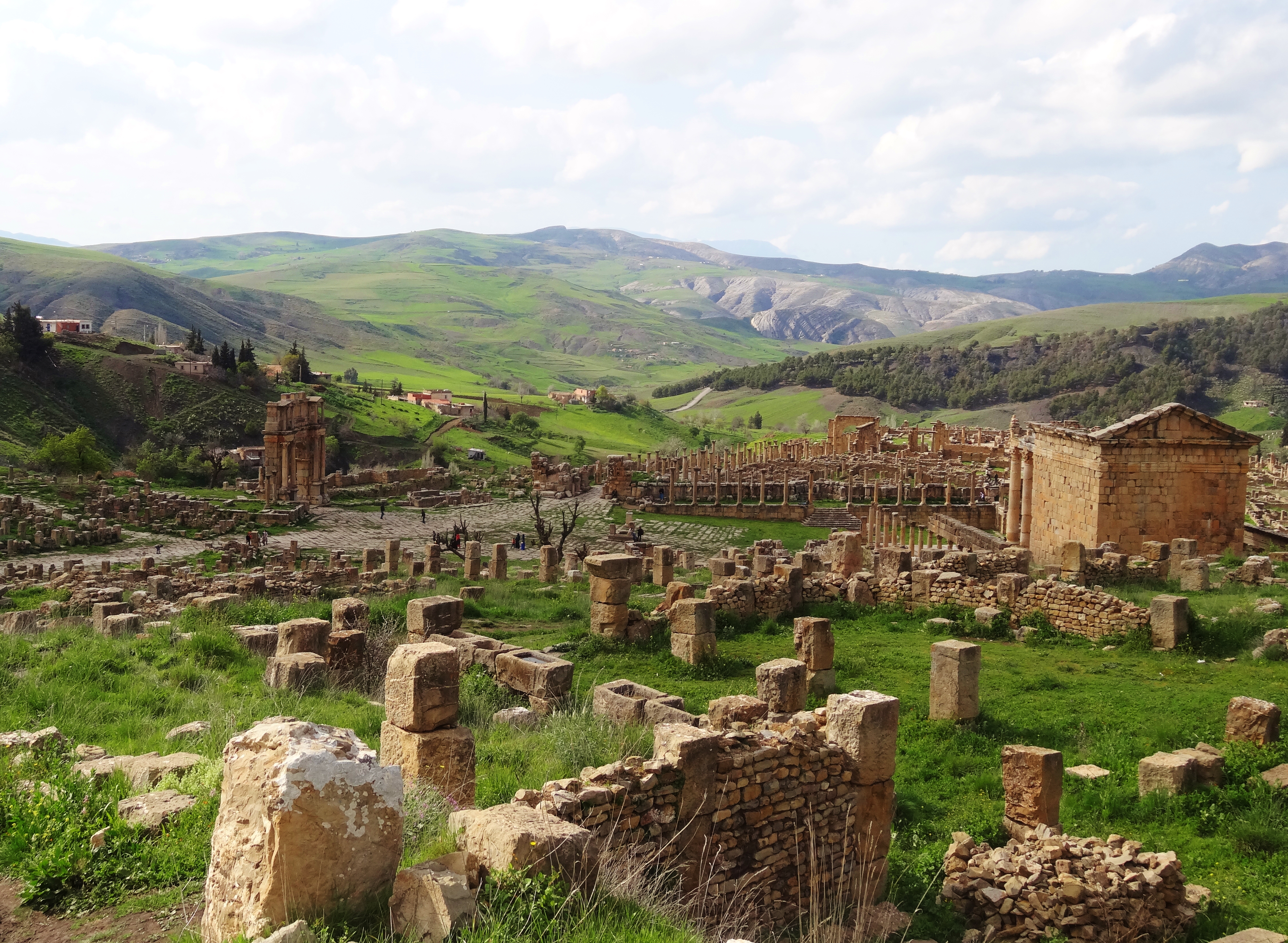
Algeria is now the largest country in Africa, gaining the title when Sudan split into North and South. Much of the country is desert, but the coastal strip and the Atlas Mountains are fertile and – in spring time at least – stunningly green.
The territory of what is today Algeria has been the home of many ancient cultures. Perhaps one of the best known are the Berbers, hailing from the interior and renowned for their blue eyes. In ancient times, Algeria’s coast was settled by Phoenicians, Carthaginians and Romans to name but a few. In the 7th century, like the rest of North Africa, it was conquered by the Arabs, who brought with them a new religion – Islam.
Click on the photos to enlarge them and see the caption.
Centuries later, the seas around Algeria were a centre of activity for Hayreddin Barbarossa and the privateers and corsairs of what was known as the Barbary Coast. They preyed on shipping, often capturing and selling their crews and passengers as slaves.
In 1827, the Dey of Algiers hit the French Consul with his fly whisk, an incident which provided an excuse for French military intervention and eventually led to a full scale invasion. Algeria became part of the French Empire and was incorporated into France as a départment, meaning it was not regarded as a colony, but as an integral part of the mother country. After many years of rule from Paris, 1952 saw the start of a bloody war for independence with many dying over the following eight years.
Today, over half a century later, the French cultural influence is still visible – in the architecture, the food (a mixture of North African and French) and with French still being taught as a second language in schools after Arabic.
Sadly, many of the capital Algier’s buildings are in a poor state of repair. The ancient casbah is a UNESCO world heritage site, but seems to be crumbling before the visitor’s eyes. Many of the chic buildings from the French era look as if they have not been painted since the day the colonisers left. Even so, the city still lives up to its name of Algers la Blanche – Algiers the White. The city’s colour originates from many centuries ago when all houses had to be painted white so that the rich could not flaunt their wealth in the face of the poor.
Algeria has many impressive historic sites with ruins in often stunning settings. Those at Djemila are set in the foothills of the Atlas Mountains at an altitude of 900m and surrounded by forest.
Others, along the shores of the Mediterranean, seem to bear witness to their founders’ appreciation of natural beauty and ability to select the most scenic spot to settle down. Walking through the peaceful ruins of Tipasa, with the thick scrub encroaching on the ancient stones and the waves breaking gently on the rocks below, it was easy to see how the writer Albert Camus found inspiration here.
RETURN
